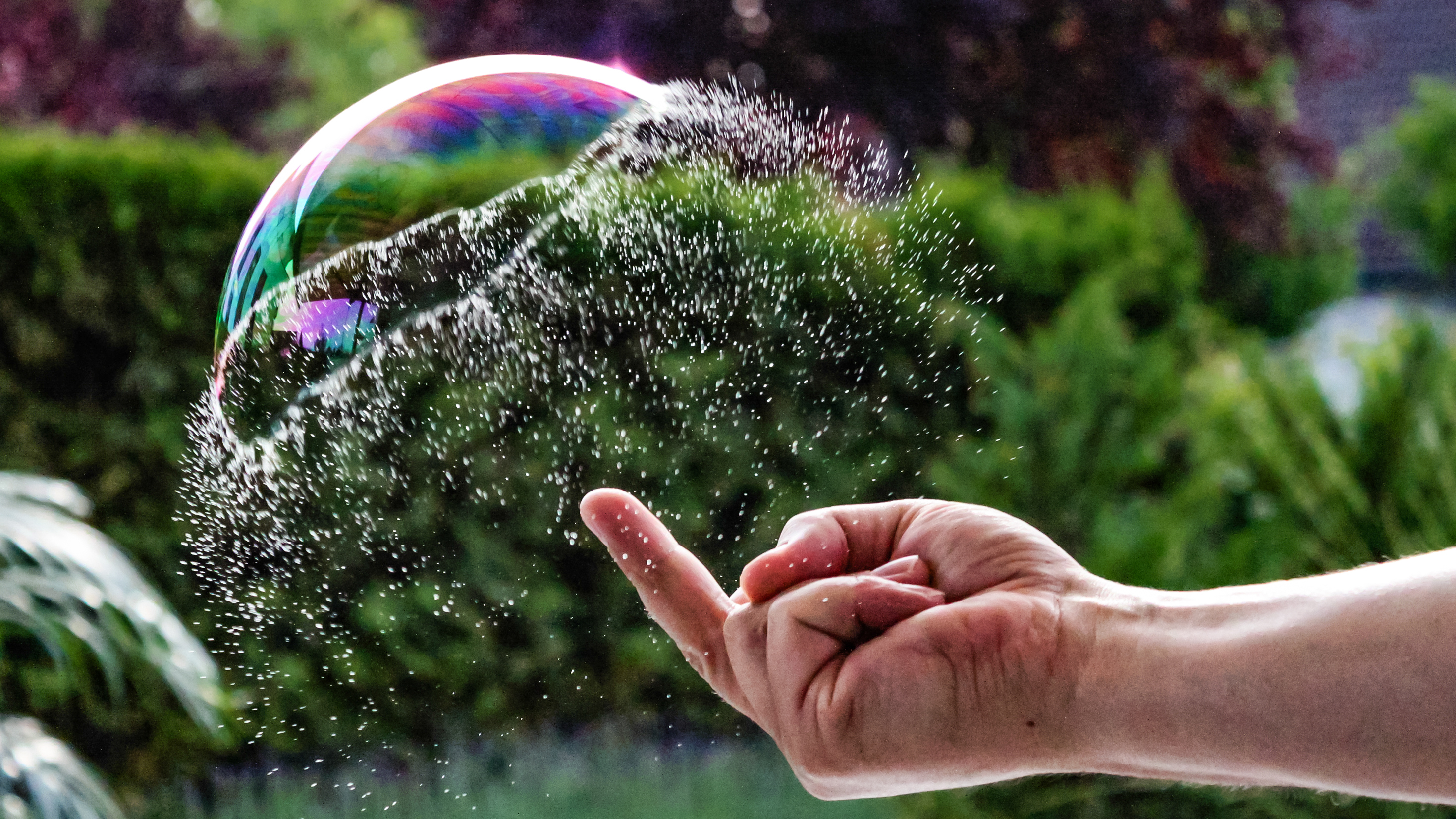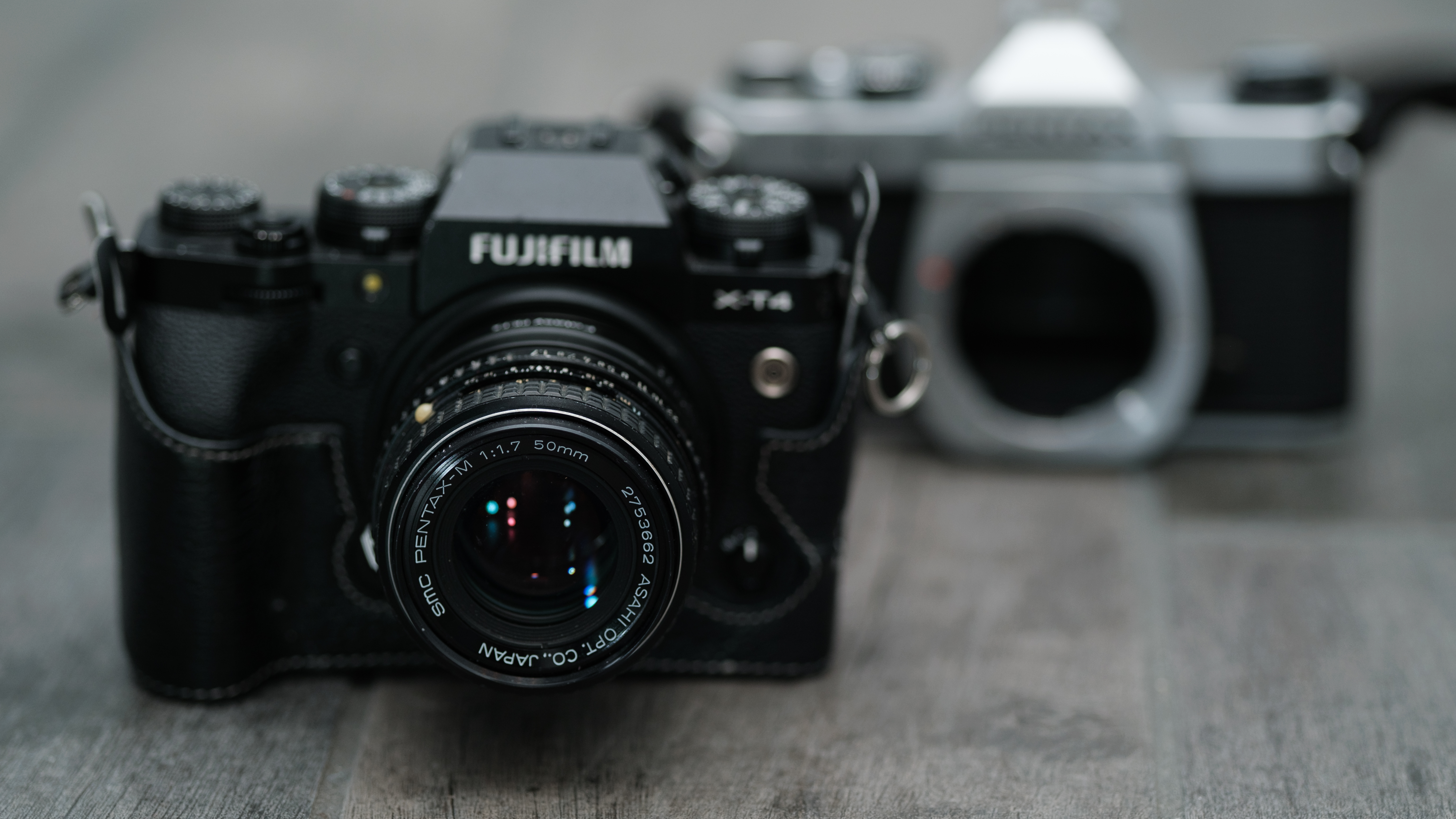
If you run a photography business, chances are that AI hasn't impacted your bottom line yet. Because although AI is able to do things like generate studio-quality headshots, it's still a long way from being able to replicate the work of wedding photographers, sports photographers or fashion photographers, for example. For now, at least.
However, there is a different, more indirect way that AI might impact your photography business. And that's the possibility that the current AI boom turns out to be a bubble… and then bursts.
Remember the dot-com boom?
If you working in photography back in the late Nineties, this might sound eerily reminiscent. During the so-called "dot-com boom", start-ups with no real business model were suddenly “worth” billions.
Everyone believed that the fledgling internet would transform business forever – and to be fair, it did – but first came the crash. When it hit in March 2000, tech stocks lost two-thirds of their value in a year. It took over a decade to recover.
Today, economists warn that we could be in an even bigger bubble; this time fuelled by artificial intelligence. Because right now, valuations of the top ten tech companies in the US are higher, relative to their earnings, than at the height of the dot-com craze.
What is a bubble?
So what is a bubble anyway? Well in terms of economics, a bubble happens when prices soar far above what the underlying thing is actually worth (typically driven by hype, speculation and fear of missing out). Eventually, though, reality catches up and the bubble bursts – sending values plummeting.
This matters to everyone, because a tech crash will ripple into industries far beyond Silicon Valley. For instance, gear prices could rise if manufacturers face tighter margins or cut back on research and development.
The best camera deals, reviews, product advice, and unmissable photography news, direct to your inbox!
More broadly, commercial photographers will probably see fewer commissions from clients in advertising, start-ups or other tech-linked sectors. Payments could slow down if your clients’ own revenues take a hit. And if you’ve built your workflow around niche AI editing or imaging tools, some could disappear if their backers pull out, or dramatically up their prices.
What can we do?
So will this actually happen? Well, it's difficult to say. The danger is that if AI products don’t deliver the promised revolution quickly enough, investor enthusiasm could fade. And because these top 10 companies make up around 40% of the US stock market’s value, any drop in confidence would send shockwaves through the wider economy.
At the very least, then, it's a possibility. But while you can’t stop a stock market crash, you can make your business more resilient.
Try not to rely too heavily on work from one sector, so you’re insulated if an industry slows. Think carefully before making big kit purchases on credit; consider renting or leasing instead. Aim to keep some savings aside to cushion you against late payers.
Keep an eye on the software you use, and have alternatives ready if they vanish or become too expensive. And more generally, stay aware of what’s happening in tech markets – it can help you spot potential headwinds before they hit your bottom line.
Tom May is a freelance writer and editor specializing in art, photography, design and travel. He has been editor of Professional Photography magazine, associate editor at Creative Bloq, and deputy editor at net magazine. He has also worked for a wide range of mainstream titles including The Sun, Radio Times, NME, T3, Heat, Company and Bella.
You must confirm your public display name before commenting
Please logout and then login again, you will then be prompted to enter your display name.

